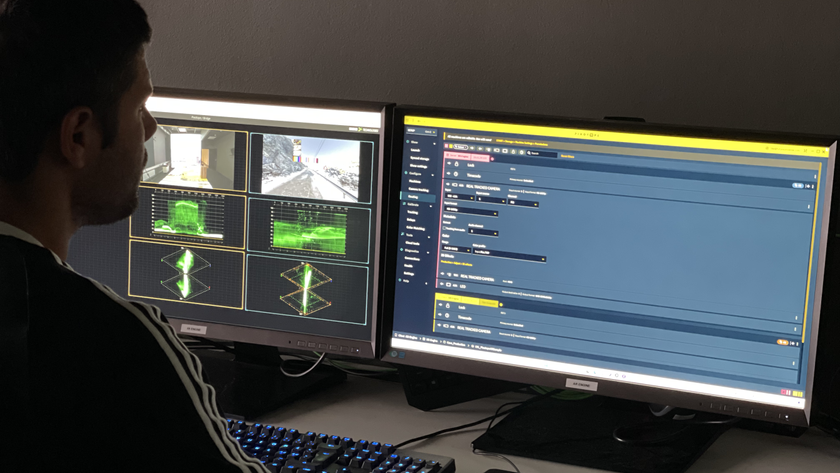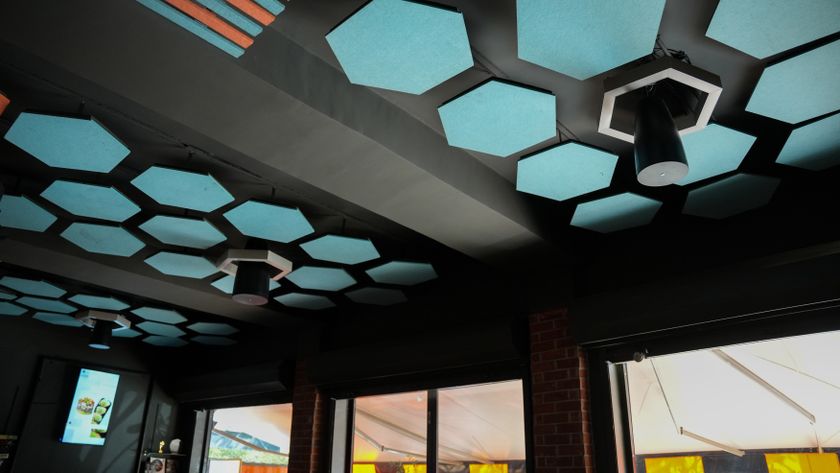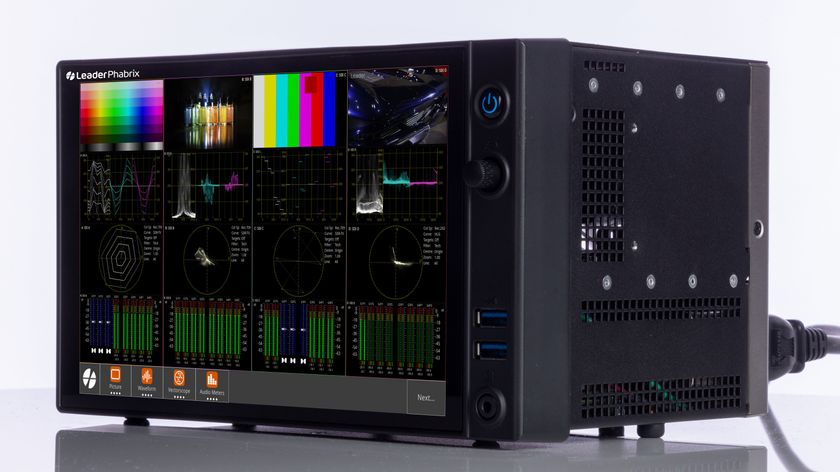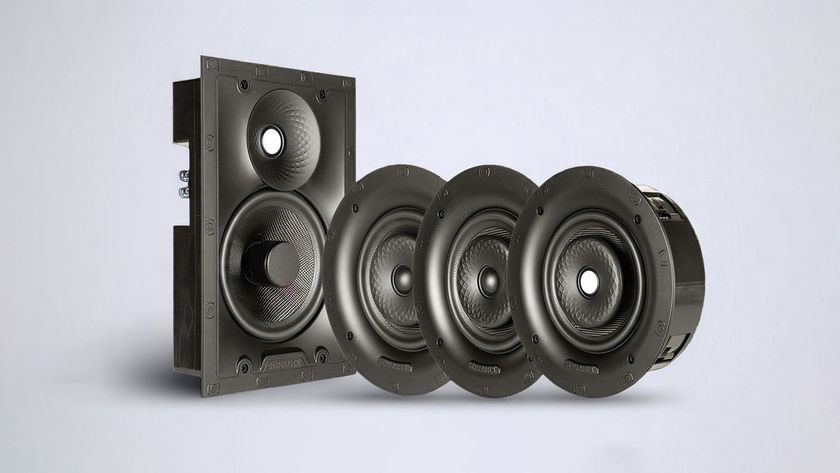Just because we can put small flat screens everywhere doesn’t mean we should
In the days of multi-image, we spent a lot of time making little pictures into big ones. Today, we seem to spend an equal amount of time making large video images into small ones. Lots of them. I’m speaking, currently, of the proliferation of small flat panel monitors on show site. It seems that, even in projected shows, I’m constantly buying larger distribution amps and matrix switchers to deal with the numbers of monitor outputs required.
Only a few years ago, a typical small staging gig had one or two projectors, cueing monitors at the head end, and a presenter preview monitor or two on stage. Flat panel monitors were at first prohibitively expensive, so they were relegated to small sizes at podium positions, with the occasional large plasma used as a wedge monitor. In fact, my first 62-inch panel, which cost us nearly 20k, was used for just this purpose.
Then, the consumer market moved into flat panels, bringing with it the Walmart Effect — mass manufacturing, competition, higher manufacturing yields, and lower prices. REALLY lower prices. In fact, looking at that first 62- inch panel, its regular price has dropped by over 75 percent. In smaller sizes, the effect has been even more dramatic. We’re well on our way to the $250 42-inch plasma. Just recently, I delighted my staff by replacing every computer monitor in our office with a new 24-inch widescreen LCD monitor from a major name-brand manufacturer — because, at $200 each, I just couldn’t resist.
So this massive reduction in price has dramatically changed both the panels that we use and what we use them for. First, there are monitors to put everywhere — multiple monitors for the head end, the stage, overflow rooms, green rooms, and maybe the hotel stairwells. As I mentioned in the opening paragraph, the number of monitors is now limited only by practicality and the size of available distribution.
But that’s not the biggest change. The biggest change is that they’ve gotten so cheap that we’ve redefined what monitors are used for in staging. Some examples:
them all during the rehearsal day — one for the president’s secretary who was seated in the wings, four for the stage, one for the analysts table, one for the press, etc. At one point, I almost suggested that we take down the projectors and just give everybody in the audience an individual monitor. The only reason I refrained from making the sarcastic comment was that I was afraid they might actually do it.
• Digital Signage — We now use flat panels to inform the audience about everything from the session schedule to the location of the emergency exits and restrooms.
• Videowalls — It seems lots of clients are interested in achieving the broken-up-image look of an old-style videowall — but now using flat panels. Also, interestingly, it’s not about image size — lots of them seem most interested in small videowalls for image effect.
• Décor — It seems we use flat panels as simple decor more and more often. Recently, we’ve used them to simulate windows looking out on a cornfield waving in the sun, and as an out-the-windshield view from a sportscar.
• Clocks and On-Stage Messaging — Recently, a client asked for a much larger digital speaker timer, so we gave them a pair of 50-inch panels running a software application called BigClock.
• Jokes — Flat displays lend themselves to humor. My favorite was a podium with a 62-inch panel built into its front, which showed company logos until the presenter stood behind it — whereupon it changed to a view of the presenter’s lower half dressed in polka-dot boxer shorts. It took the poor presenter about five minutes to realize what was happening and join in the laughter.
So, we return to using small images to make big ones. I just hope the flat panels don’t get any cheaper — or we will wind up giving one to everyone in the audience. And I’m not looking forward to three days of trying to colormatch them.











